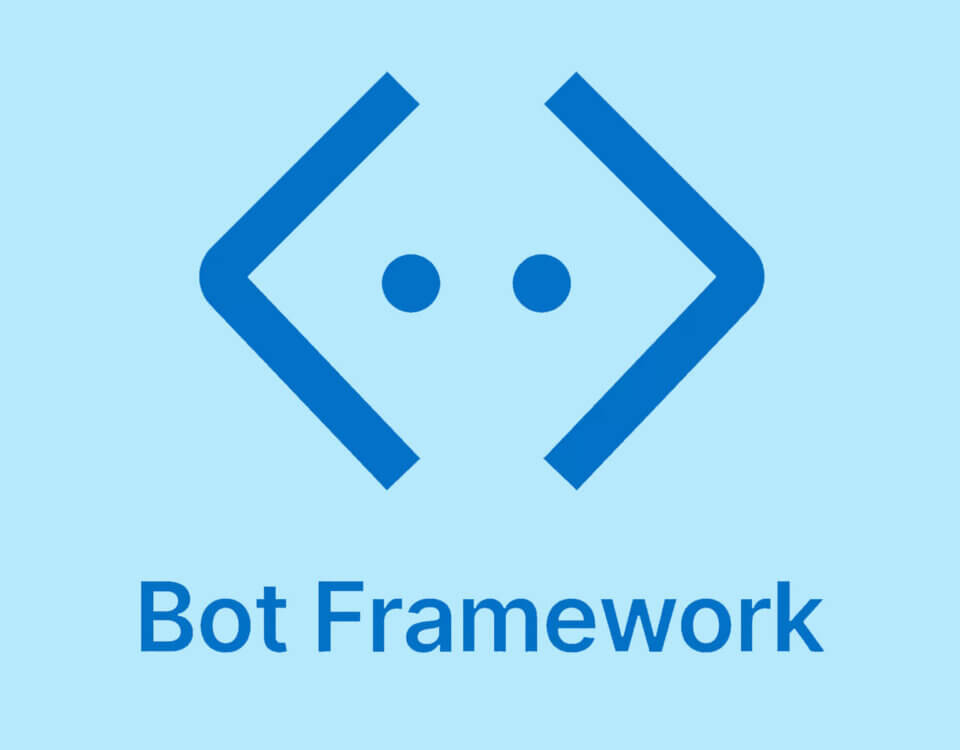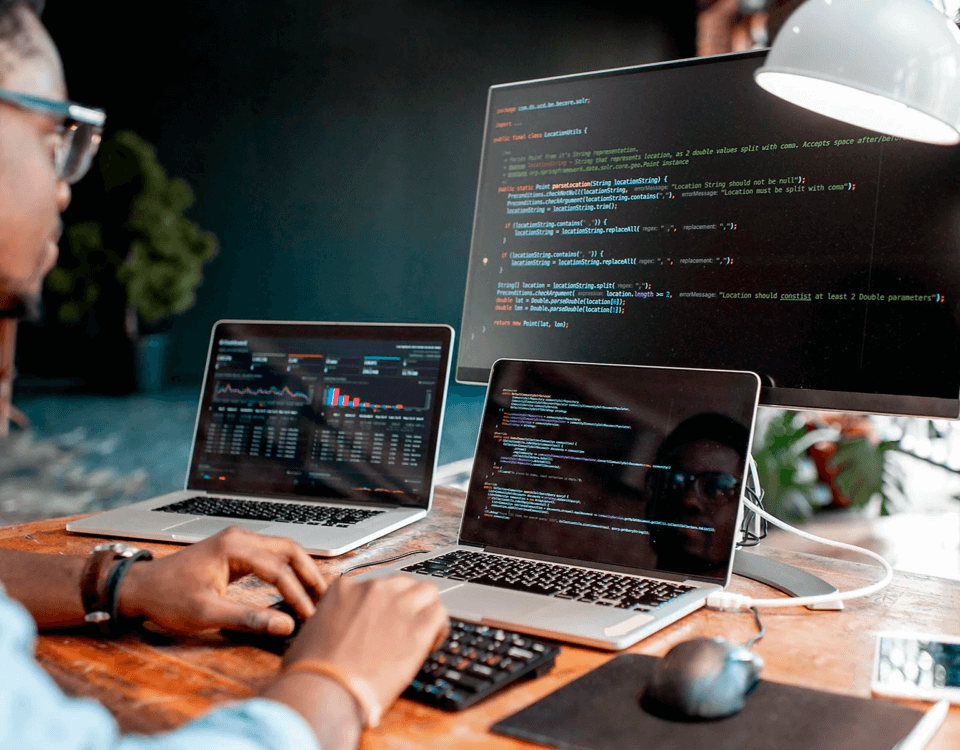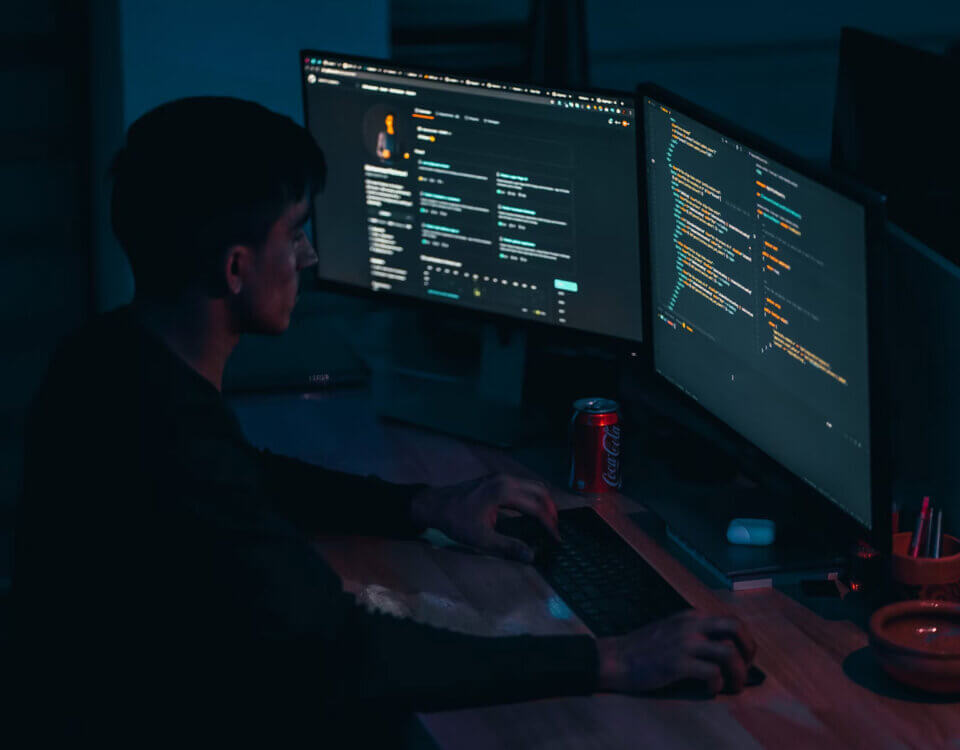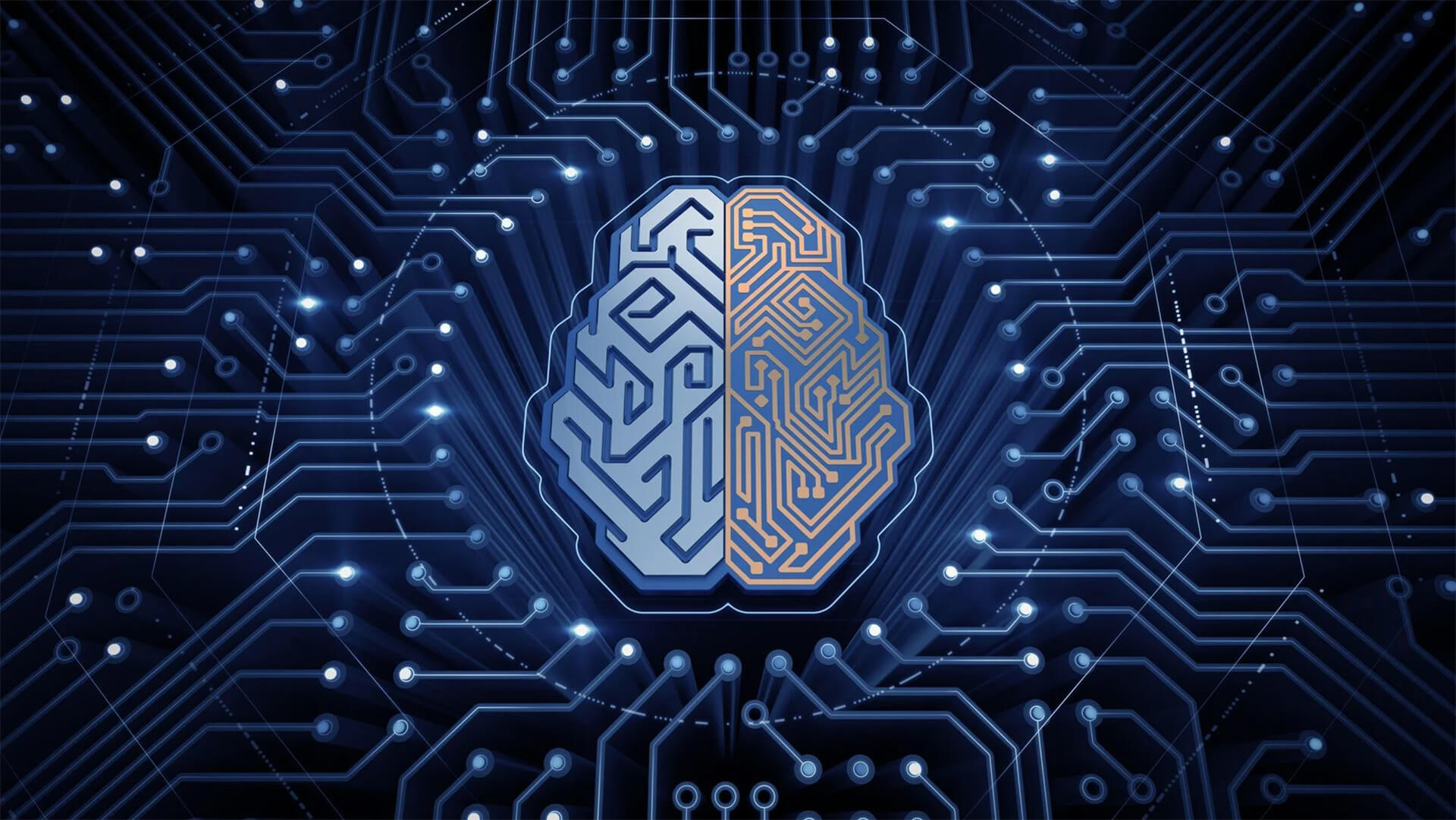
AGI: The Dawn of Artificial General Intelligence
May 2, 2023
Vue 3 Composition API: A Guide to Reactivity and Component Composition
June 19, 2023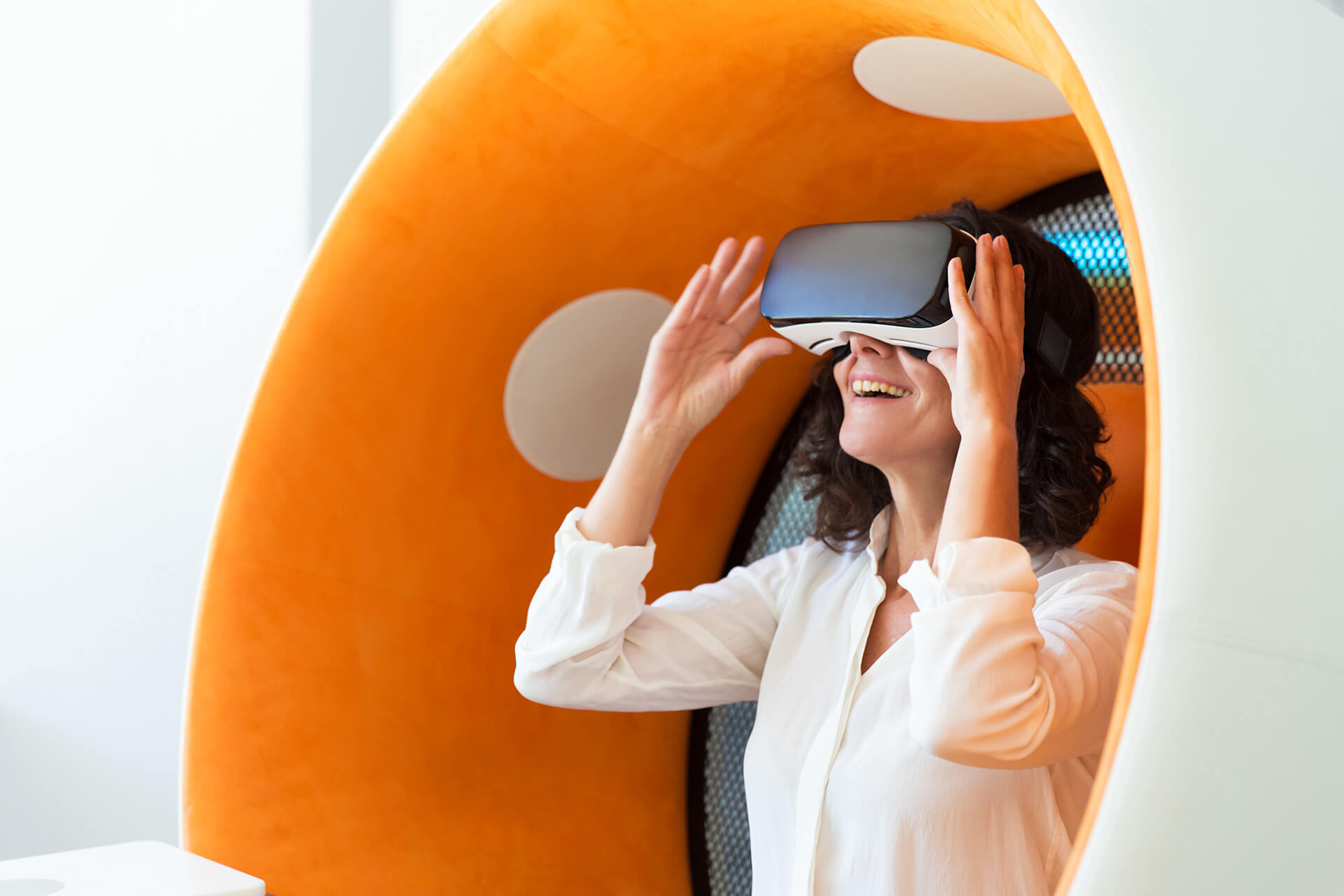
Introduction
Over the past few years, the way we learn, teach, and conceptualize education has taken a dramatic turn. Emerging technologies have ushered us into an era of transformation, with one of the leading vanguards being Virtual Reality (VR). As we step into this brave new world, VR is proving itself to be more than just a flashy piece of tech. It's a game changer that's revolutionizing the educational landscape, and here's why.
Individualized Learning Experiences
One of the significant challenges educators face is addressing the varied learning styles and paces within a single classroom. Here too, VR is proving to be a formidable ally. It facilitates individualized learning experiences by allowing students to interact with course material at their own pace and in their preferred style.
For example, VR can create multi-sensory experiences catering to auditory, visual, and kinesthetic learners, addressing the needs of each type of learner effectively. Also, students can repeat, pause, or fast forward through VR sessions until they fully grasp the concept, thereby personalizing their learning journey.
Building Soft Skills
Not only is VR transforming the way we grasp and interact with academic content, but it's also creating unique avenues for developing soft skills. Through VR, students can participate in virtual group projects, engage in public speaking simulations, or navigate challenging social scenarios.
These experiences can help to build critical skills such as communication, teamwork, leadership, empathy, and problem-solving. It fosters an environment where students can learn, make mistakes, and grow in a safe, controlled setting.
Limitless Potential for Special Education
VR holds significant promise in the realm of special education. It can be used to create tailored, inclusive experiences for students with physical, sensory, or cognitive impairments. For instance, VR can create sensory environments to teach students on the autism spectrum about social cues or emotional regulation. Or, it can simulate real-life experiences, like crossing the street, for students with mobility challenges to practice in a safe environment.
Addressing Educational Equity
Lastly, VR can play a pivotal role in addressing educational equity. High-quality education often hinges on access - access to quality teachers, resources, infrastructure, and experiences. VR can bridge this gap by bringing the world to the student, irrespective of geographical or socio-economic limitations. With the right investments and policy backing, VR has the potential to democratize quality education.
Conclusion
Although we are still in the early stages of fully realizing VR's potential in education, the strides we have taken are indeed promising. As the technology continues to improve and become more accessible, it holds the potential to reshape education as we know it. This digital revolution is not only making education more immersive and engaging but is also driving towards a future where personalized, inclusive, and equitable education is not just a dream, but a reality.
Therefore, it is safe to say that VR is more than just a game-changer in education. It's a harbinger of a new age of learning where the world truly is a classroom, and every learner has a front-row seat. And this, truly, is only the beginning.






